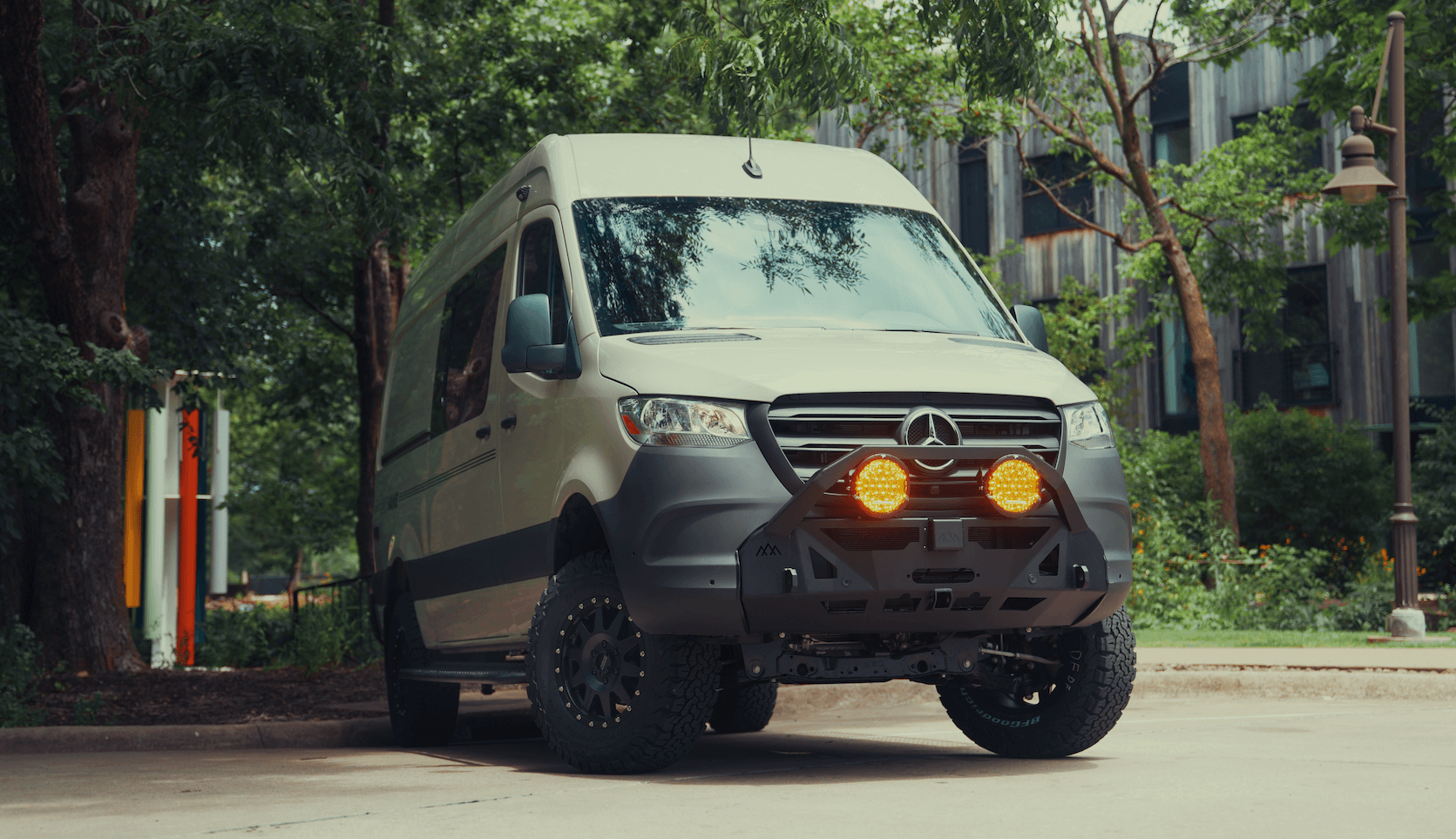Recreational Vans

Shipping a van to New Zealand is straightforward when you break it into steps. First, pick a transport method that fits your van size, budget, and risk profile. Next, clean the vehicle to a biosecurity standard, gather documents, and schedule port delivery. Finally, plan for entry certification and any local compliance work once the van lands.
Roll on roll off moves drivable vehicles on and off a specialized ship. It is usually the most cost effective and simplest option for standard height vans. Container shipping adds a steel box around your van for extra protection and allows you to ship gear, but it costs more and requires careful measurement. High roof vans may require a 40 foot high cube container or an alternative such as a flat rack, depending on dimensions and carrier limits.
Transit time varies by route and season. From North America to Auckland you will often see 4 to 8 weeks on the water plus time at origin and destination ports. Expect additional days for border inspections on arrival. Build a buffer into your plans to cover schedule changes or inspections.
Costs typically include ocean freight, origin and destination port charges, marine insurance, a customs broker, and taxes due on arrival. RoRo rates often range in the mid thousands of dollars, with container options higher. Insurance is commonly 1 to 2 percent of declared value. Always request a detailed quote that shows base rate, bunker fuel surcharges, and port fees.
New Zealand protects its environment with rigorous biosecurity. The Ministry for Primary Industries inspects vehicles on arrival for soil, plant matter, seeds, and pests. A van that is spotless underneath, inside wheel wells, and in the cabin reduces the chance of re cleaning or delays. Steam clean the underbody, vacuum interior carpets, and remove camping gear, soil covered items, and food.
After biosecurity, entry certification checks the vehicle to ensure it meets local standards. This process verifies identity, structure, and safety systems, and may require compliance work. Imported vehicles need odometer disclosure, proof of ownership, and evidence of standards at time of manufacture. Left hand drive restrictions apply, with exemptions in limited cases such as special interest or older vehicles; check current NZ Transport Agency guidance before you commit.
You will also encounter taxes and charges. Goods and services tax is typically calculated on the customs value plus freight and insurance. Duty may apply depending on vehicle type and trade agreements. A broker can estimate GST and fees from your invoice, bill of lading, and shipping terms.
Documentation sets the pace. You will need the original title, a copy of your passport, a bill of sale or invoice, and the shipping line paperwork such as the bill of lading. If there is a lien, obtain a notarized letter from the lienholder authorizing export. For custom equipment installed in the van, keep a simple inventory and values for insurance.
Clean for biosecurity with a checklist. Remove floor mats and wash thoroughly. Clean underbody, suspension arms, and brake components until no dirt remains. Empty all cabinets and the galley of food. Dry and deodorize the interior to reduce mold risk in transit. If your van has propane, close valves and cap lines per your carrier’s policy. Drain fresh water and waste tanks fully.
Delivery to the origin port follows the forwarder’s instructions. Arrive with less than a quarter tank of fuel, two sets of keys, and photos of the van at gate in and gate out. Disable alarms and trackers that might trigger in transit. For container shipments, professional loading and bracing is essential; the goal is zero movement over ocean swells.
If you are building a van that will live in New Zealand, it pays to think about shipping and local use from day one. Modular roof gear, removable external accessories, and protected underbody wiring make port handling easier and reduce biosecurity risks. Interior surfaces that clean quickly, sealed cabinetry, and tidy cable routing ease inspection and re cleaning.
OZK Customs designs and builds adventure ready vans that consider these realities. We can configure racks and accessories for container clearance, label systems for inspection visibility, and prepare documentation for installed equipment. For shore power in a 230 volt country, we can design a system with appropriate chargers and transfer hardware so you plug in with confidence after import. Our team can also coordinate with your selected freight forwarder for timing, handoff, and vehicle readiness at the origin port.
Explore our recreational vans to see how our build approach meets real world travel. If you want a ground up plan, start with our custom build van service. Prefer a finance friendly platform that ships well and fits entry certification easily, review our mainstream vans options.
Strong planning today delivers a smooth handoff at the port and a quicker first camp night under the Southern Cross.
Tell us where you are shipping from, your target arrival window, and the features you want onboard. OZK Customs will map the build, prepare export ready details, and stage your van for a clean inspection and an easy rollout in New Zealand.
Ready to build a New Zealand ready adventure van or need export prep before you ship? Tell us your route, timeline, and gear list. OZK Customs will design for secure shipping, biosecurity friendly interiors, and shore power compatibility, then coordinate handoff to your freight partner. Start your build plan today.
ADDRESS:
6159 E Huntsville Rd, Fayetteville, AR 72701
PHONE:
(479) 326-9200
EMAIL:
info@ozkvans.com